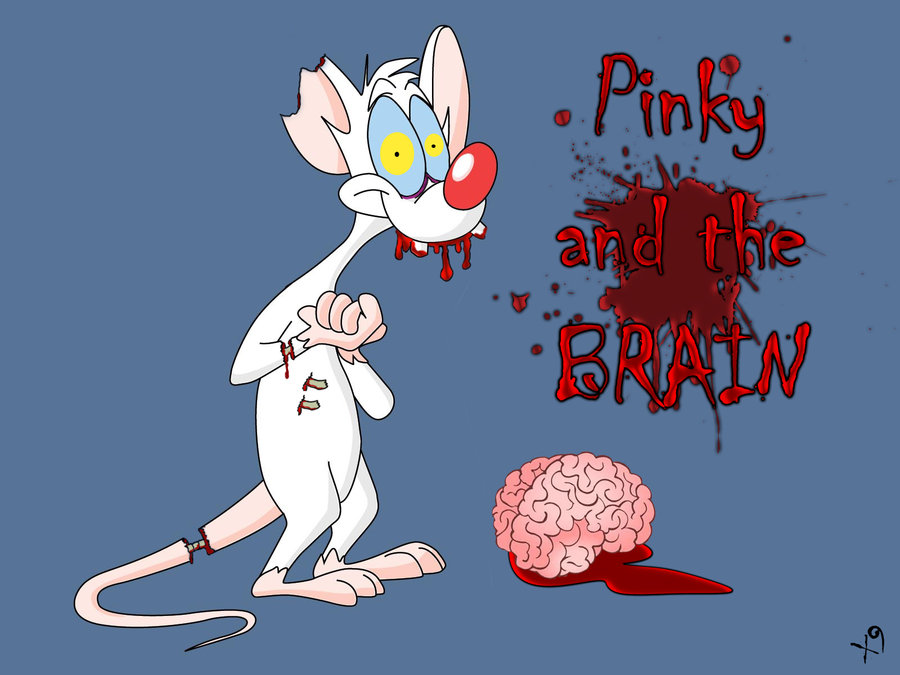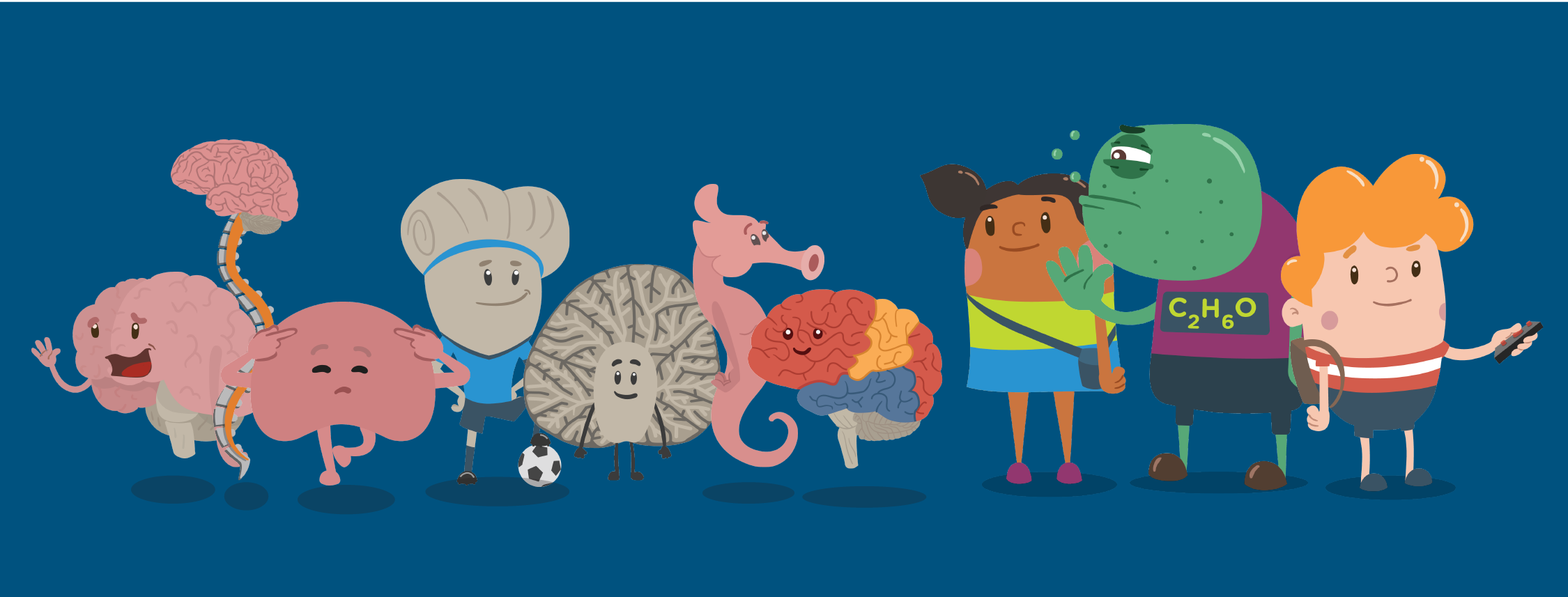

The BrainGate collaboration has been working for several years on systems that enable people to generate text through direct brain control. “Frank’s demonstration of fast, accurate neural decoding of handwriting marks an exciting new chapter in the development of clinically useful neurotechnologies.” Rehabilitation Research and Development Center for Neurorestoration and Neurotechnology at the Veterans Affairs Providence Healthcare System. “An important mission of our BrainGate consortium research is to restore rapid, intuitive communication for people with severe speech or motor impairments,” said Hochberg, who also directs the Center for Neurotechnology and Neurorecovery at Massachusetts General Hospital and the V.A. Jaimie Henderson, a professor of neurosurgery at Stanford. Frank Willett, a research scientist at Stanford University and the Howard Hughes Medical Institute (HHMI), led the study, which was supervised by Krishna Shenoy, a Stanford professor and HHMI investigator, and Dr. Hochberg is a critical care neurologist and a professor at Brown University’s School of Engineering affiliated with the University’s Carney Institute for Brain Science. The new study is part of the BrainGate clinical trial, directed by Dr. The research team is hopeful that such a system could one day help to restore people’s ability to communicate following paralysis caused by injury or illness. This was done by the participant merely thinking about the hand motions involved in creating written letters.
Thebrain for characters trial#
In a study published in the journal Nature, a clinical trial participant with cervical spinal cord injury used the system to “type” words on a computer at a rate of 90 characters per minute, more than double the previous record for typing with a brain-computer interface.

Scientists with the BrainGate research collaborative have, for the first time, used an implanted sensor to record the brain signals associated with handwriting and used those signals to create text on a computer in real time. įriend and fellow artist Ross Saakel did a pint-sized parody of Bachle's character for Active Comics called The Noodle, a similarly caped and cowled two-fisted infant superhero complete with diapers and pacifier.PROVIDENCE, R.I. Coffin's ghoulish creation the Scarlet Zombie and the sadistic skull-faced and bandage-wrapped Mummy Man who possessed psychic powers that were more than a match for his own. While he first donned cape, tights and signature black skullcap -mask to battle Nazi agents, his adventures soon took on a more supernatural element, with him battling such inhuman adversaries as the sinister Dr. The muscular and often bare-chested Brain's secret identity was dashing, Toronto penthouse-dwelling Gordon Bell who, like the Wizard before him, had a moustache, superhuman strength and the clairvoyant ability to " visualize faraway happenings", the latter powers in his case gained due to a dying wish his father had made to a friendly spirit on a distant French battlefield during World War I. The Brain is a fictional character created by Leo Bachle for Bell Features, a Canadian comic company in the 1940s, and first appeared in Active Comics #1.


 0 kommentar(er)
0 kommentar(er)
